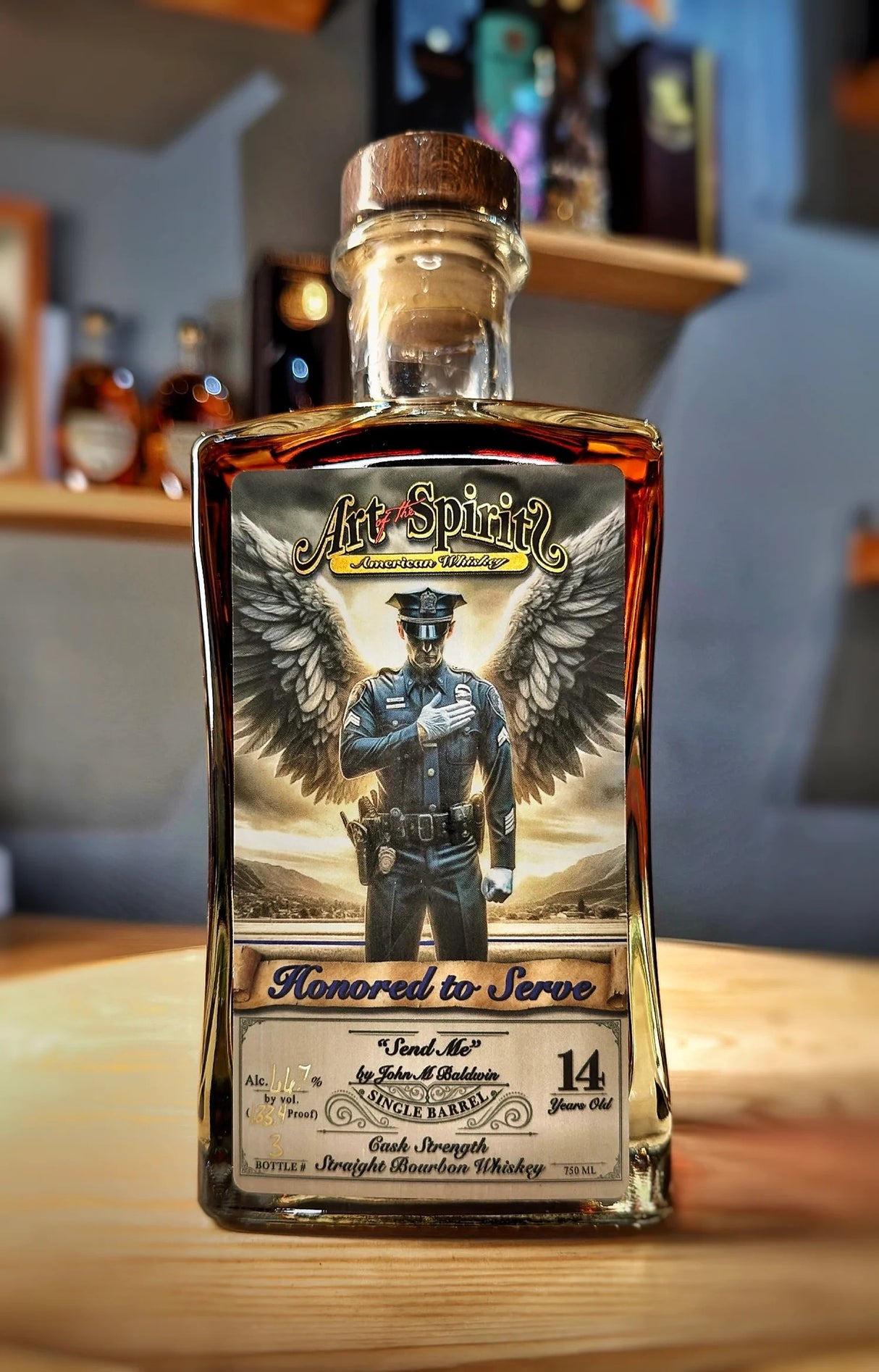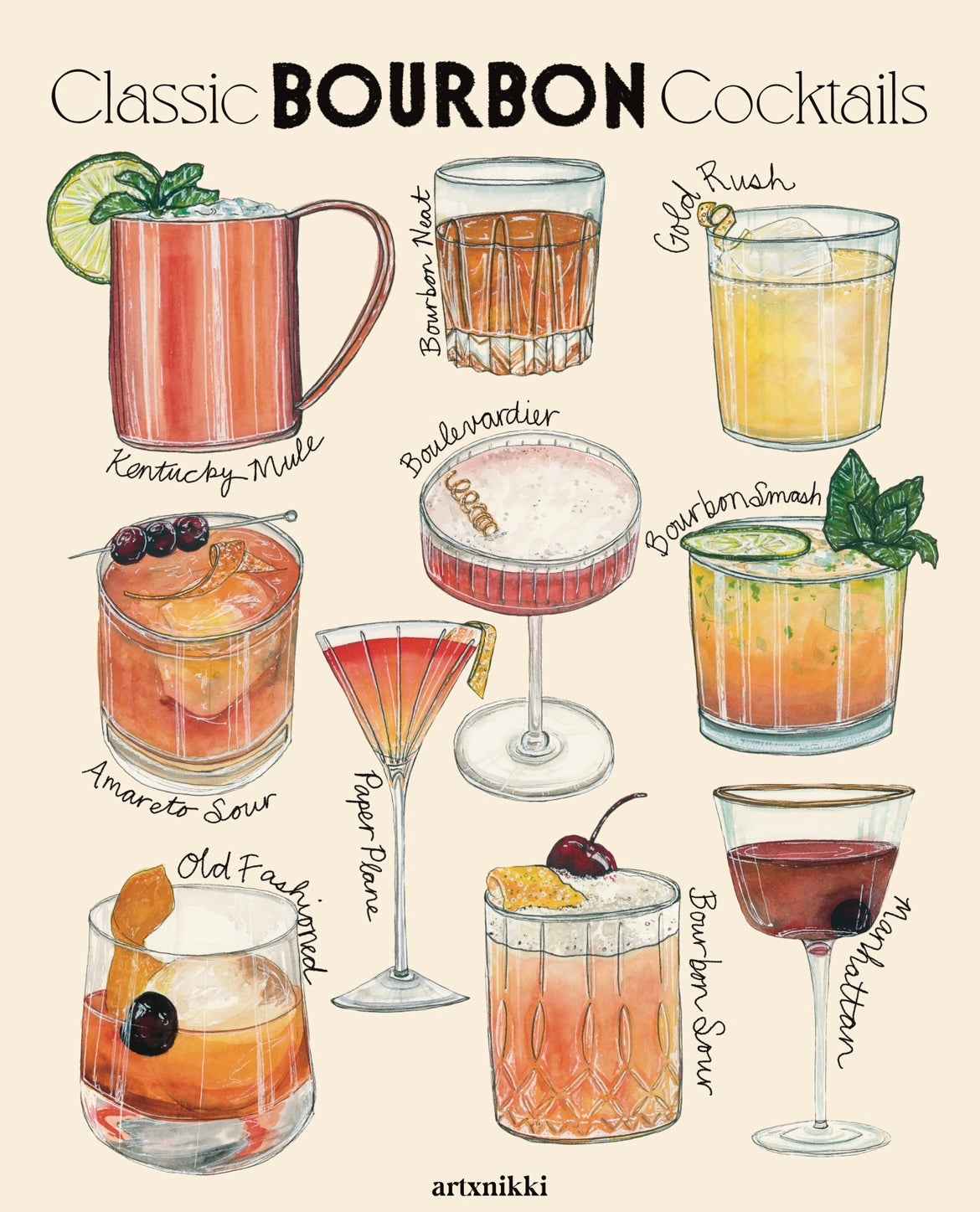The Appeal of Realism Art: A Deep Study Whiskey's Rich Heritage
The Appeal of Realism Art: A Deep Study Whiskey's Rich Heritage
Blog Article
The Relevance of Whiskey Art in Celebrating Heritage and Workmanship in the Beverage Industry
The intricate partnership between bourbon art and the event of heritage and workmanship within the drink industry can not be overemphasized. Via thoughtfully designed bottles and labels, whiskey brands envelop their historical origins and the artisanal skills that specify their production approaches.
The Historical Roots of Whiskey
At the heart of bourbon's allure exists a rich tapestry of historic origins that map back to old people. The beginnings of whiskey can be linked to the purification practices of the Sumerians and Babylonians around 2000 BCE, where early forms of fermented grain drinks started to emerge. Nonetheless, it remained in the Middle Ages that the art of purification evolved substantially, specifically in Ireland and Scotland, bring about the creation of whiskey as we recognize it today.
The term "bourbon" itself acquires from the Gaelic word "uisce beatha," meaning "water of life." This phrase highlights the social significance of bourbon in Celtic cultures, where it was commonly connected with rituals, celebrations, and public bonding. By the 15th century, distillation came to be an acknowledged craft within monastic neighborhoods, leading the way for the facility of legal distilleries.
As trade routes broadened, whiskey's appeal expanded, going beyond local borders and capturing the passion of lovers worldwide. Limited Edition. This historic journey reflects not only the craftsmanship behind scotch manufacturing however additionally its indispensable role in social and social contexts, marking it as a considerable beverage throughout history
Artistic Expression in Branding
Scotch branding stands as an engaging intersection of virtuosity and commerce, where aesthetic identification plays an important duty in forming customer understanding. The aesthetic appeals of bourbon tags, packaging, and advertising products reflect not only the brand's story but likewise its core values and heritage. Via imaginative expression, distilleries communicate a narrative that resonates with consumers, evoking feelings and sparking connections.
The usage of color, typography, and imagery in branding offers to distinguish products in a saturated market. Standard motifs might stimulate a sense of authenticity and workmanship, while contemporary styles can signify development and forward-thinking. This critical imaginative instructions improves brand acknowledgment and loyalty, enabling customers to build an individual relationship with the whiskey they select.
Moreover, imaginative expression in branding typically offers as a celebration of local heritage. Distilleries often incorporate regional signs or historic recommendations right into their layouts, producing a sense of area that invites consumers to take part in a wider social experience. Ultimately, the virtuosity behind whiskey branding not just boosts aesthetic allure yet likewise improves the total narrative of the brand name, cultivating a deeper admiration for the workmanship and heritage ingrained in each bottle.
Craftsmanship in Container Style
The creativity evident in bourbon branding expands past aesthetic identity to encompass the craftsmanship associated with container design. Each bottle offers as a vessel not just for the spirit within, but also for the tale it tells concerning its custom, origin, and top quality. The style procedure calls for careful interest to detail, as elements such as closure, material, and shape add considerably to the general understanding of the bourbon.
Workmanship in bottle layout includes choosing high-grade glass that can enhance the whiskey's shade and clearness, while also offering a tactile experience for the customer. The shape of the container must be both useful and cosmetically attractive, typically showing the heritage of the brand name. Many distilleries go with unique forms or embossed logos that stimulate a feeling of credibility and background.
Furthermore, the tag design and typography play an important duty in communicating the brand's story. Bourbon Art. A well-crafted container not only mesmerizes the consumer's eye yet also reinforces the brand name's dedication to top quality and custom. This way, the craftsmanship of container design ends up being an important element of the bourbon experience, combining creativity with a profound regard for heritage
Social Relevance of Whiskey Art
Commemorating practice and workmanship, the cultural value helpful resources of scotch art goes beyond simple looks, linking with the historic and social stories of the areas where it originates. Each bottle offers as a canvas, depicting the one-of-a-kind tales, folklore, and traditions that have actually shaped local whiskey-making techniques. The intricate styles typically show the heritage of the distillers, including symbols and concepts that reverberate with the society and values of their neighborhoods.

On top of that, scotch art plays a crucial role in communal celebrations and events, functioning as a tangible link between individuals and their shared experiences. By appreciating the artistry in scotch packaging, customers grow a deeper understanding and respect for the craft, eventually enriching their pleasure of the beverage itself.
Modern Trends in Scotch Presentation
Over the last few years, the discussion of bourbon has advanced to reflect contemporary preferences and fads while still honoring conventional workmanship - Whiskey Art. Distilleries are progressively concentrating on visual aspects that enhance the total drinking experience, linking the void in between heritage and modernity
Cutting-edge bottle designs have arised, commonly incorporating lasting products and creative labels that tell compelling stories. Lots of brand names now team up with regional musicians, infusing their products with unique aesthetic expressions that reverberate with customers. Furthermore, limited-edition releases are often packaged in collectible containers, including worth and charm for connoisseurs.

Conclusion
In verdict, bourbon art offers as an essential conduit for sharing the heritage and workmanship inherent in the drink industry. Via detailed branding, cutting-edge bottle layouts, and culturally significant imaginative components, bourbon brands effectively recognize their traditions and get in touch with consumers. This imaginative narrative not just raises the recognition of bourbon however also strengthens description area identification and pride among producers. Eventually, whiskey art plays a crucial role in preserving and celebrating the abundant cultural tapestry of whiskey-making.


Craftsmanship in container design involves picking high-grade glass that can improve the scotch's shade and quality, while likewise supplying a tactile experience for the consumer. In this method, the craftsmanship of bottle design becomes an important facet of the bourbon experience, combining artistry with an extensive respect for heritage.
In conclusion, scotch art serves as a vital conduit for expressing the heritage and craftsmanship fundamental in the beverage sector.
Report this page